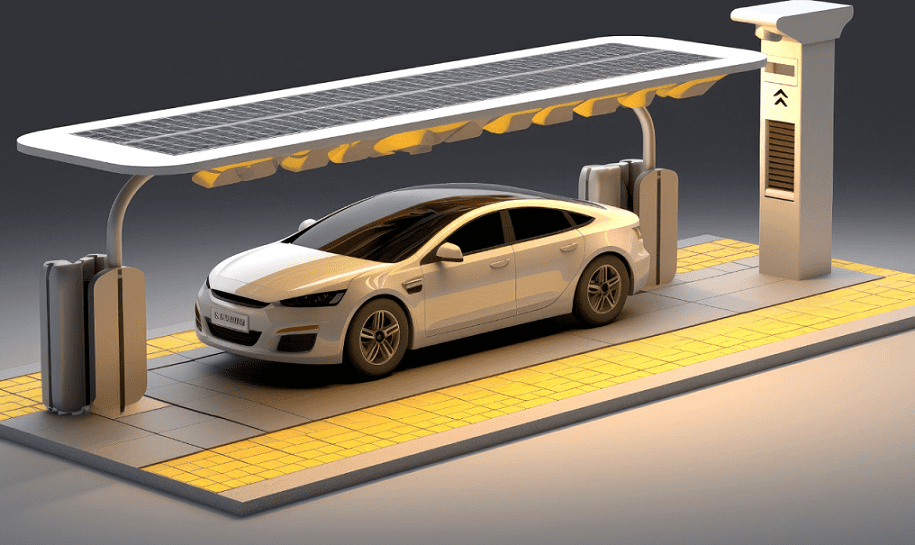Wireless power transfer (WPT) is a transformative technology that allows electrical energy to be transmitted from a power source to an electrical load without using physical connectors or wires. This innovation has the potential to revolutionize numerous sectors, from consumer electronics to medical devices, by providing more convenient, efficient, and versatile ways to power devices.
History and Development
The concept of wireless power transfer dates back to the late 19th century when Nikola Tesla demonstrated the feasibility of transferring energy wirelessly using electromagnetic fields. Tesla’s experiments laid the groundwork for modern WPT technologies, although practical applications remained limited for decades. It wasn’t until the 21st century, with advancements in materials science, electronics, and electromagnetic theory, that wireless power transfer became viable for everyday use.
How Wireless Power Transfer Works
There are several methods for wireless power transfer, each suitable for different applications and operating over varying distances:
Inductive Coupling: This is the most common method used in consumer electronics like smartphones and electric toothbrushes. It involves two coils, one in the transmitter and one in the receiver, which transfer energy through magnetic fields when placed in close proximity. This method is efficient for short-range applications, typically up to a few centimeters.
Resonant Inductive Coupling: This method extends the range of inductive coupling by using resonant circuits. Both the transmitter and receiver coils are tuned to the same resonant frequency, allowing energy transfer over greater distances, usually up to a few meters. This method is being explored for charging electric vehicles and other larger devices.
Capacitive Coupling: This technique uses electric fields rather than magnetic fields to transfer energy. It is less common but offers potential advantages in certain applications where magnetic fields might cause interference.
Microwave Power Transfer: For long-distance energy transfer, microwaves can be used to beam power from a source to a receiver. This method is particularly interesting for space applications, such as powering satellites or space stations from ground-based sources.
Laser Power Transfer: Similar to microwaves, lasers can transmit energy over long distances. The laser beam is directed at a photovoltaic cell, which converts the light into electricity. This method is efficient and precise but can be affected by atmospheric conditions and requires line-of-sight alignment.
Applications and Benefits
Wireless power transfer is already making a significant impact in various fields:
Consumer Electronics: Wireless chargers for smartphones, wearables, and other portable devices offer convenience by eliminating the need for multiple cables and connectors.
Electric Vehicles (EVs): Wireless charging pads for EVs promise to make recharging as simple as parking over a pad, enhancing the user experience and encouraging the adoption of electric mobility.
Medical Devices: Implanted medical devices, such as pacemakers, can be powered wirelessly, reducing the need for invasive procedures to replace batteries.
Industrial Applications: Wireless power can be used to power sensors and machinery in difficult-to-reach places, improving operational efficiency and safety.
Challenges and Future Prospects
Despite its benefits, WPT faces several challenges. Efficiency losses over distance, alignment issues, and potential interference with other electronic devices are significant hurdles. Additionally, safety standards need to be rigorously established to prevent harmful exposure to electromagnetic fields.
Research is ongoing to address these challenges. Innovations such as metasurfaces to enhance energy transfer efficiency, dynamic charging for moving vehicles, and integration with renewable energy sources are being explored. The future of WPT is promising, with potential breakthroughs poised to further integrate this technology into everyday life, making our world more connected and convenient.
In conclusion, wireless power transfer stands as a remarkable technological advancement with the potential to reshape various aspects of modern life. As research and development continue, the widespread adoption of WPT could lead to a more efficient, convenient, and interconnected world.

